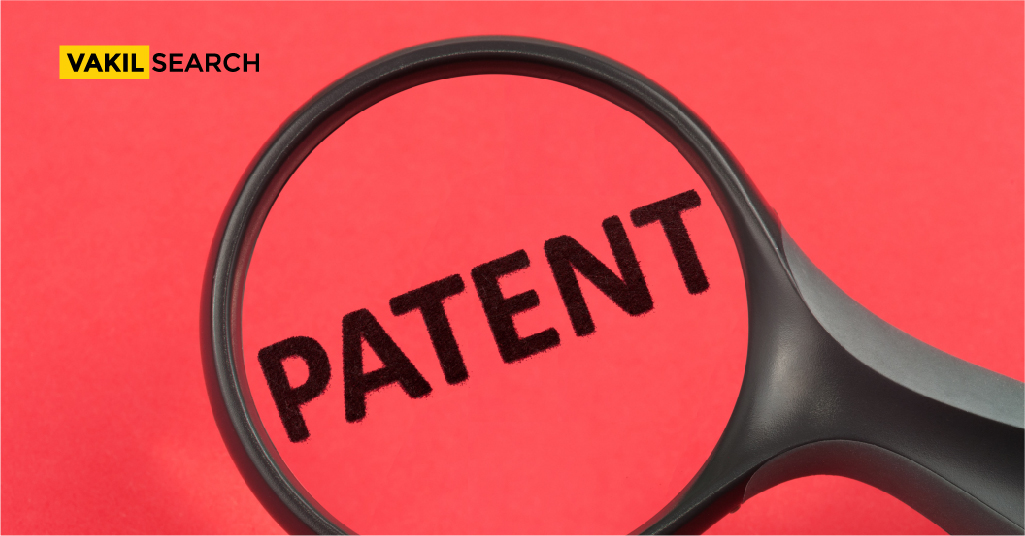Are you looking to convert a provisional patent to a full patent? Vakilsearch is here to sort out your issue. In this article, we have provided you with a detailed description of how to go from a provisional patent to a full patent. Please go through the article below
Filing a non-provisional patent application and paying the relevant fees is obligatory to convert a provisional patent to a full patent. A provisional patent that is not converted before it expires will lose its protection. Read more and simplify the process to convert Provisional Patent to Full Patent.
Facts About a Provisional Patent Application
Knowing some facts about the provisional patent is crucial to convert Provisional Patent to Full Patent.
Only since 1995 have provisional patents been accessible. Previously, before presenting their ideas to potential investors, inventors had to create and test their inventions and then file a formal patent application to secure their ideas. While this provided protection to inventors, it took a long time and was not always viable.
Inventors may now protect their ideas with provisional patents without having to invest the money or time required for a complete patent. A provisional patent application will protect an innovation for one year. The one-year term of this process is called a pendency period.
For whatever reason, the pendency time cannot be prolonged. The inventor’s patent protection will expire when the one-year time has passed. To keep patent protection, the inventor must file a non-provisional patent application before the pendency term expires. There is no such thing as a provisional patent, despite its widespread use. Provisional patents are what people mean when they say provisional patents.
It is not a patent, but it provides some protection, as it is the first step of the patent process. Upon acceptance of your provisional patent application, your invention will gain patent pending status, and you will have protection for it.
Provisional patent applications include the following elements:
- A specification that explains how to make and utilize the invention.
- Illustrations that help to clarify the specification.
- A cover page with your payment and contact information.
When an inventor wishes to find someone to produce their invention or test the commercial waters, they will file a provisional patent application to protect their concept against theft. It’s simple to file a provisional patent application, and after you’ve completed it, you can submit it online using the USPTO website.
The Procedure for Submitting Your Application
Provisional patent applications are easier to file than non-provisional patent applications. You can file a provisional patent application within one year after using, selling, publishing, or offering for sale your invention.
In order to obtain a filing date, it is necessary to include the following:
- The filing fee that is necessary.
- A detailed explanation of your invention, including how it may be created and how it should be utilized.
- Drawings that are required in order to fully understand your invention.
How to Convert a Provisional Patent into a Full Patent
You will have a year to file a non-provisional patent application following the filing of a provisional patent application. Provisional applications can be filed before formal applications, allowing you to claim the invention date as the filing date.
The earlier filing date can be claimed in two ways. To claim the provisional patent application’s filing date, you must first file your nonprovisional patent application. Additionally, you can request that your provisional patent application become a complete patent application. It is important that you file all materials required in the latter case.
In any case, your provisional patent application will be converted to a non-provisional application, but you will have to wait longer to receive your patent. Based on the date your provisional application was filed, you can estimate the length of your patent. In the case of a non-provisional patent, your patent term will be determined by the term of your non-provisional patent application.
The second option will reduce your patent period by one year. If you choose the first option, then you will get one more year of protection. A non-provisional application should mention the provisional application if it is filed within one year of your provisional application. It is important to note that the USPTO will double-check whether both applications describe the same invention before approving your entire patent.
Conclusion
Thus, you might have now got an idea of how to convert a Provisional Patent to Full Patent. You can meet your legal needs with Vakilsearch if you need assistance converting a provisional patent to a full patent. We have fully experienced legal experts and lawyers to help you.
Read more

